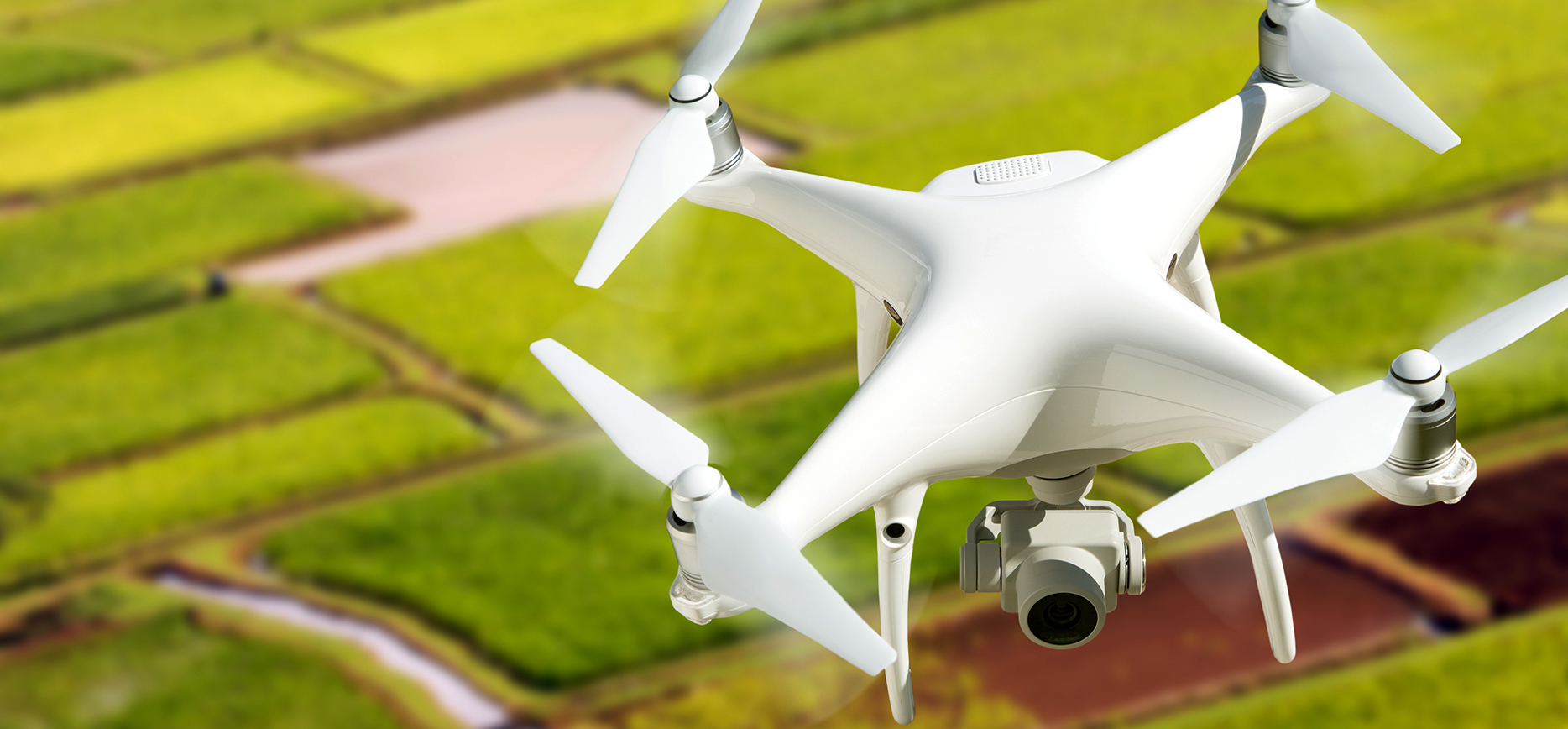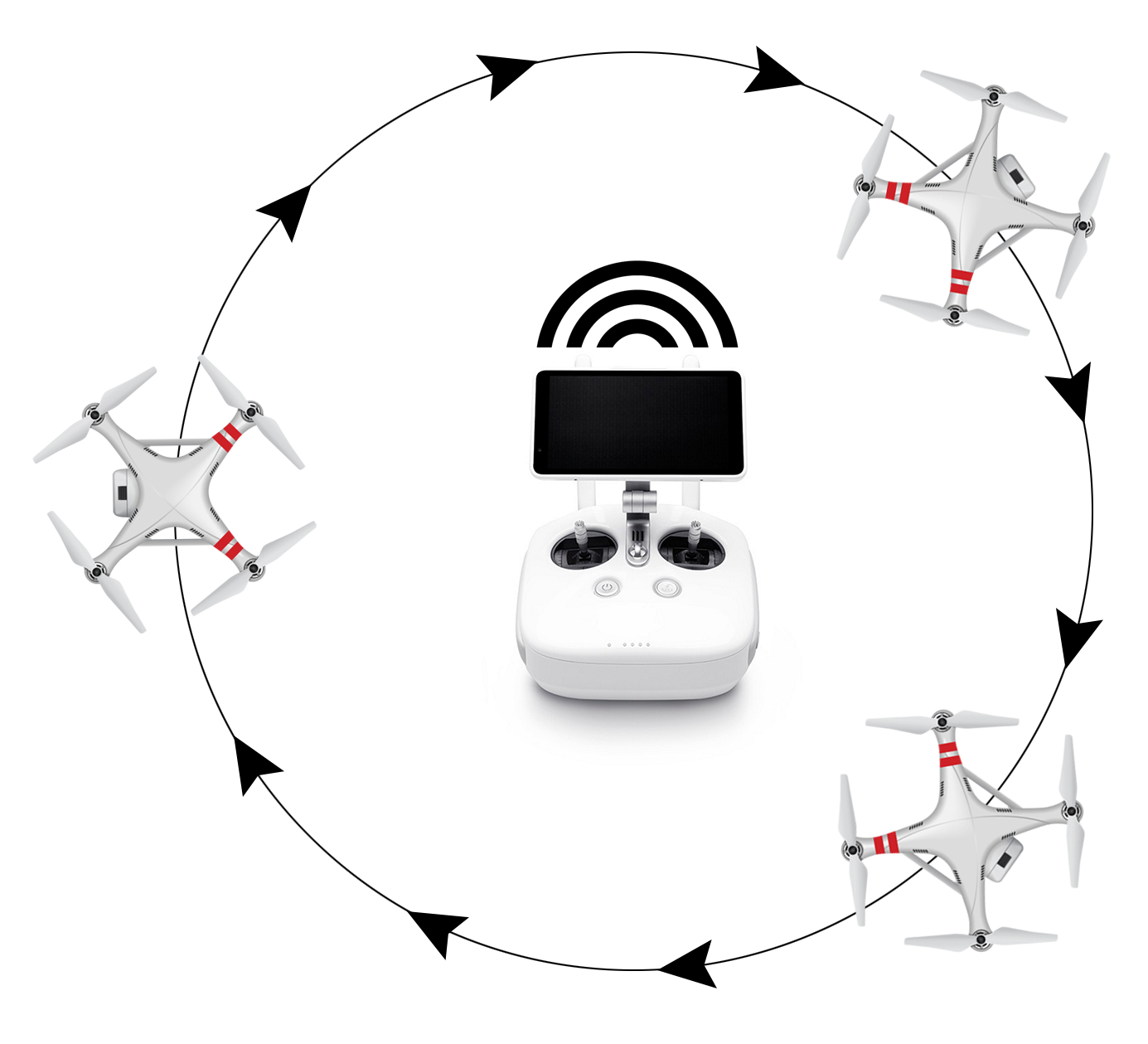
Until recently, if you were a media producer interested in capturing an aerial shot, your options were fairly limited and cost prohibitive. However, the emergence of unmanned aerial vehicles (UAVs), commonly known as drones, has dramatically transformed the way aerial cinematography is performed. Drones are competing with the traditional and more expensive methods of manned aircraft and jib system rentals by offering a cost-effective, low-altitude aerial recording alternative.

With the increasing prevalence of drone shots in film and television productions, universities and colleges are exploring ways to integrate aerial cinema graphic competencies into their undergraduate courses. Current programs supporting the visual and media arts introduce students to the aesthetics, technology, and craft of cinematography and videography. Building competencies in the creative aspects of aerial imagery is a natural outgrowth from existing syllabi that could promote graduate success in the film and television production industry. Students who have an understanding of the flight skills and the credentials needed to generate orbital, pedestal, tracking, fly-through, and reveal shots will have a more advanced skill set, marketable in this fast-growing technology.
As drones become more advanced and affordable, and the demand for aerial cinematography skills increases, higher education institutions are exploring ways to integrate drone technology into their video production and digital media programs. At Smith, Jon Caris, Director of the Spatial Analysis Lab, currently supports courses that utilize aerial data captured by drone, with a focus on mapping and image analysis. A strong proponent of drone use in higher education, Caris is eager to extend UAV application across multiple disciplines including architecture, environmental science and policy, geosciences, and filmmaking and photography.
It’s important to get women involved in this industry early in their academic career here. We need to broaden the community, broaden the conversation about what drones can do, and how they can be used.
In a unique collaboration between science and media, the Spatial Analysis Lab has partnered with Educational Technology Services (ETS) to develop a 7-week prototype course designed to instruct students how to: (1) safely and purposefully operate drones, and (2) acquire and analyze captured imagery and sensory data for use in their academic coursework and research. After a shared introduction covering the safety, legal, and technical operations of a quadcopter, the course will diverge into two separate tracks, one for mapping and image analysis, and the second for aerial cinematography.
Kate Lee, ETS Senior Media Producer, has developed the cinematography track for the course and notes that recent advances in quadcopter technology, including gimbal stabilization and 4K recording, allow for the capture of quality imagery. Lee says that making manual exposure adjustments in the drone software has a direct impact on the quality of the end product.
Depth of field, aperture, shutter speed, ISO, and white balance all contribute to the overall composition and tonality of the imagery.
Capturing aerial imagery presents challenges that often exceed the normal workflow associated with landlocked productions. Lighting, sound, and focus are typical concerns with any production, but once in the air, the pilot is inundated with critical information that needs to be monitored and processed on the spot. Elevation, weather, compass heading, and GPS signal are just a few of the readings that need to be constantly monitored in order to safely and legally pilot a drone.
On the ground, universities and colleges are also encountering challenges with drone flight on campus. The Federal Aviation Administration, responsible for managing public airspace, treats educational institutions as commercial operators requiring special certification unless an exemption is acquired for using drones for academic and research purposes. Safety, legal, and privacy concerns with drone operations have prompted many schools to draft UAV policies to ensure compliance with federal, state, and local ordinances, and to mitigate risk. See Smith College’s Unmanned Aerial Systems & Model Aircraft Policy. Other concerns with drone use on campus center around liability, training, and designated flight areas. As with any developing technology, logistics involved with drones on campus are significant and will require careful consideration. But with an estimated 420,000 commercial drone pilots licensed by the year 2021 (FAA), there is no doubt that this technology will eventually be fully integrated and marketed in higher education.
Written by Kate Lee, Smith College Senior Media Producer